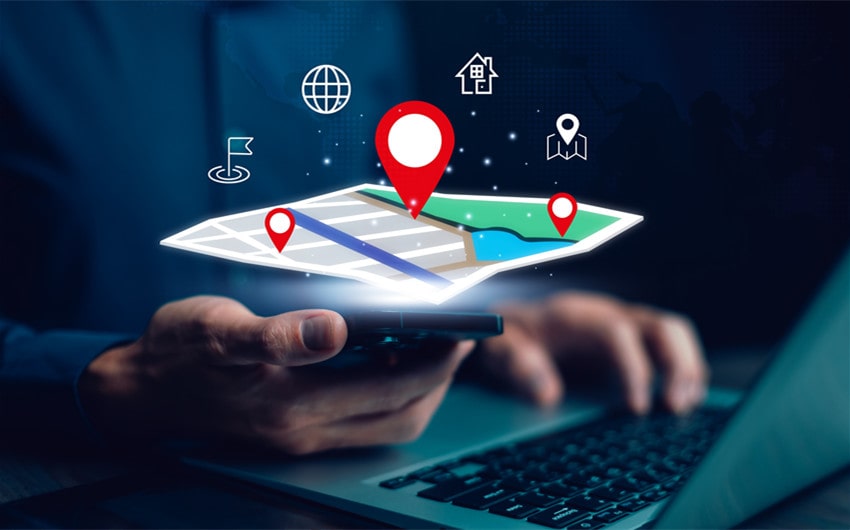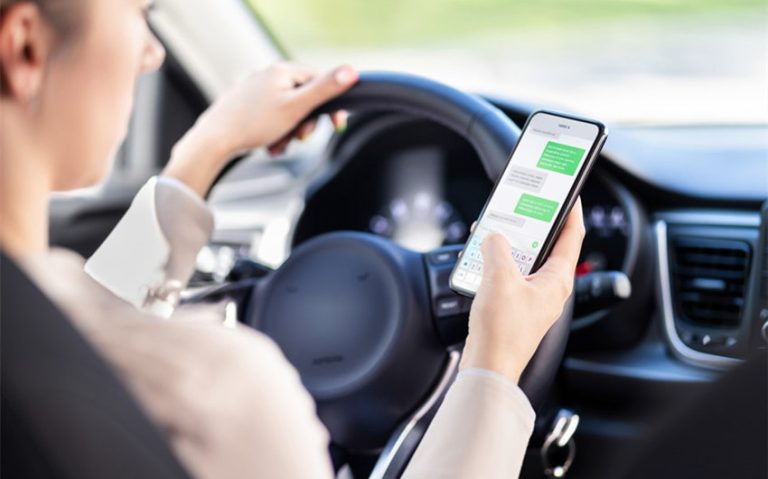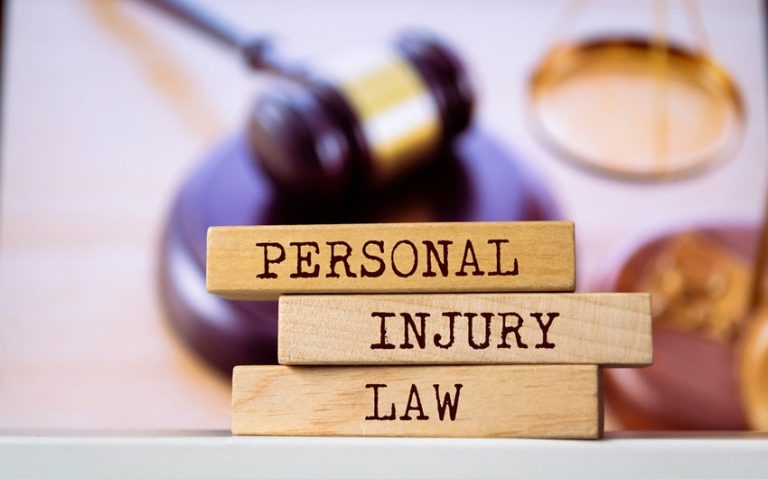Digital evidence has taken a critical role in criminal cases as technology has become more integrated into our everyday lives. Digital evidence is incredibly valuable as it can provide significant insights into the actions, whereabouts, and intents of suspects.
Oftentimes, digital evidence is more reliable and more difficult to dispute than other types of evidence such as eyewitness testimony, given features such as time stamps. As a result, attorneys like Indianapolis criminal lawyers and law enforcement often rely upon this evidence in criminal defense cases. In this article, we will explore some of the most commonly used types of digital evidence in criminal defense cases.
Surveillance Footage
Surveillance cameras are found everywhere nowadays, including in both public and private spaces. Video surveillance footage can be valuable in that it can either support or refute claims in a criminal defense case. Some types of surveillance footage that may be used include security cameras, body cameras, dash cams, and doorbell cameras. The video evidence can be downloaded, paused, and further inspected to identify suspects, reconstruct a crime scene, and establish a timeline of events.
Cell Phone Records
Cell phones are also a valuable piece of digital evidence that can be used in criminal cases given the significant amount of data that they collect. Data that may be pulled from phones includes call logs, text messages, and search history.
For example, an individual’s search history can provide insights into the plans or motives of the crime while text messages and phone calls can reveal the duration, frequency, and exchange between the suspect and other individuals involved in the case. Investigators can also typically access previously deleted messages that the defendant may have tried to hide, offering a more comprehensive view of the crime.
GPS and Location Data
GPS and location data are another type of digital evidence that may be used in criminal cases. This data can be pulled from sources such as phones, cars, fitness watches, and rideshare apps. GPS and location data can be particularly useful in that they can help to reveal whether the suspect was present at the scene of the crime or if they were elsewhere. This evidence is particularly valuable if there were no witnesses or surveillance cameras present when the incident occurred.
Social Media
The final type of digital evidence that may be used as crucial pieces of evidence in criminal defense cases is an individual’s social media activity on platforms such as Facebook, Instagram, X, and TikTok. Posts, direct messages, likes, and comments on social media can be used to demonstrate the defendant’s intent, interests, character, or even location.
In criminal cases involving cyberstalking and harassment, suspects will often leave a digital trail on their social media accounts revealing important information about the suspect’s behavior and interactions with the victim. If a defendant has deleted their social media activity that they believe may reveal information about the case, this can be suspicious and can reveal further evidence. Oftentimes, these deleted posts can be recovered.







